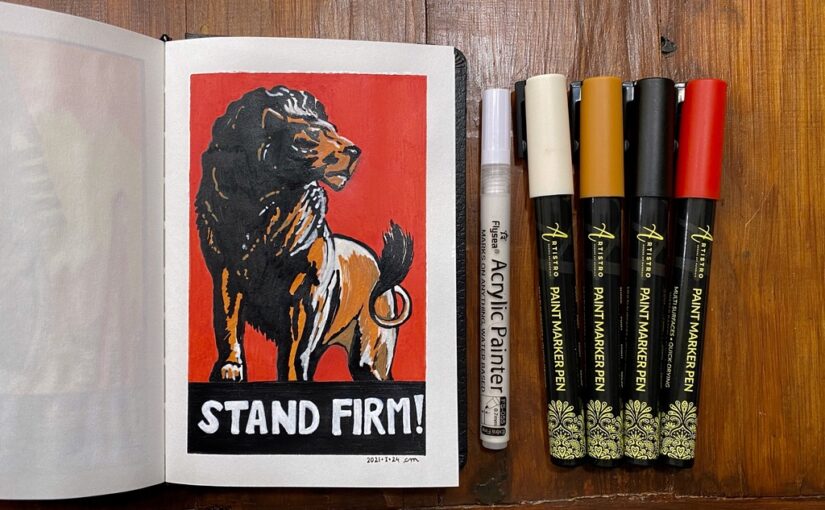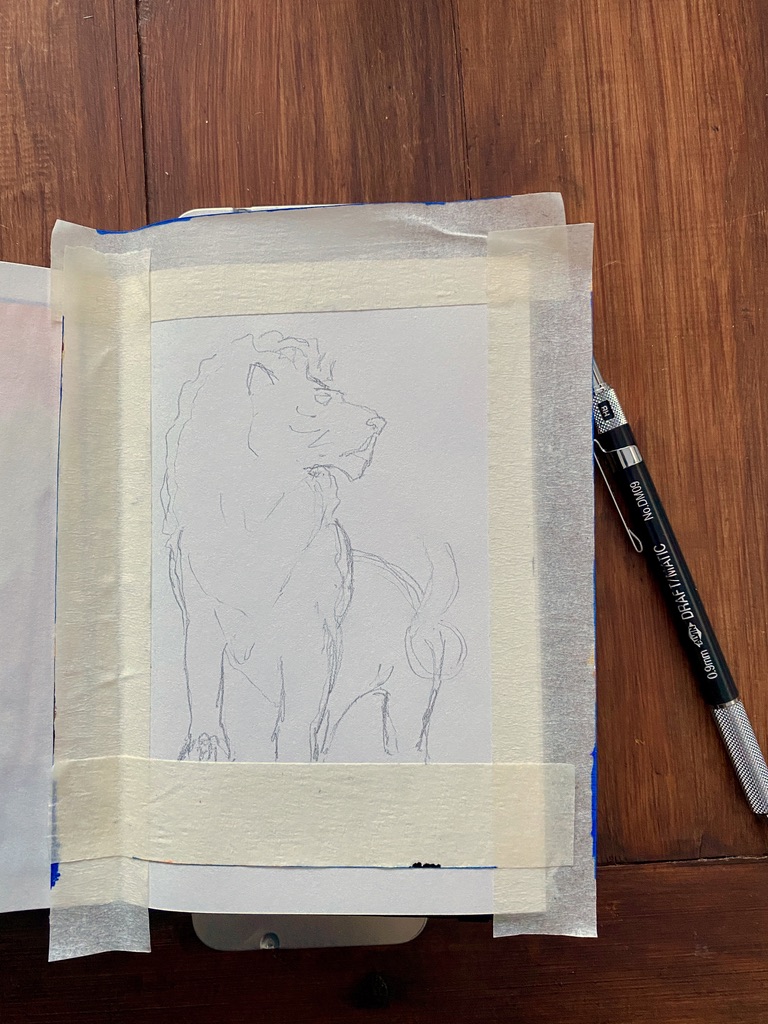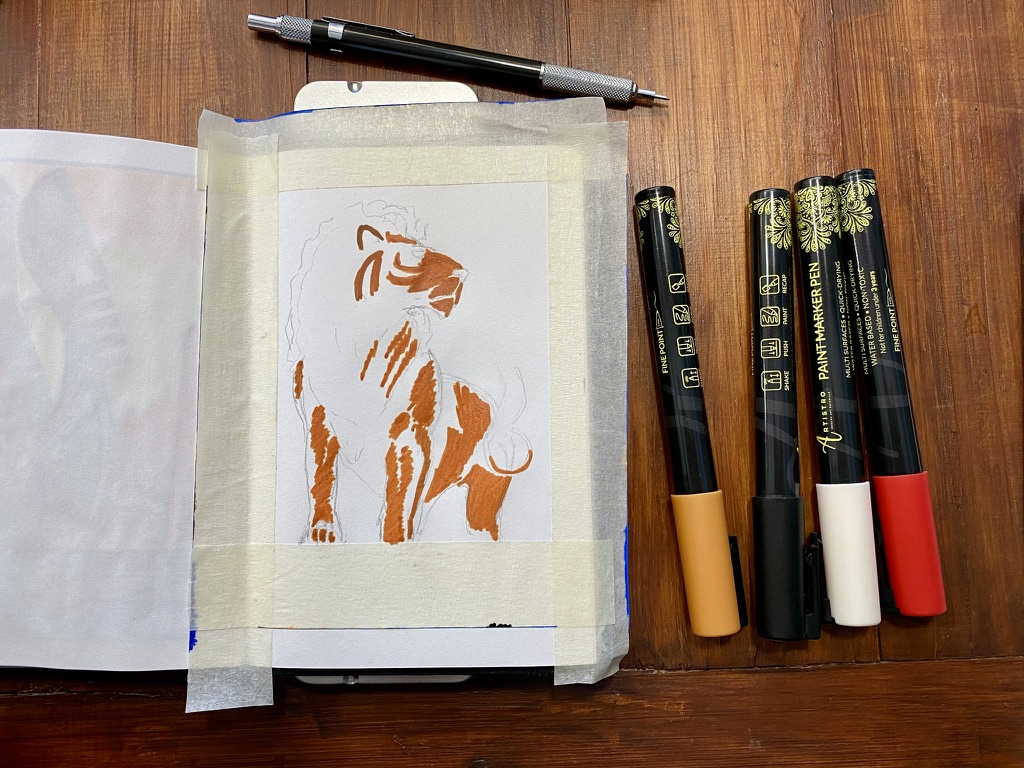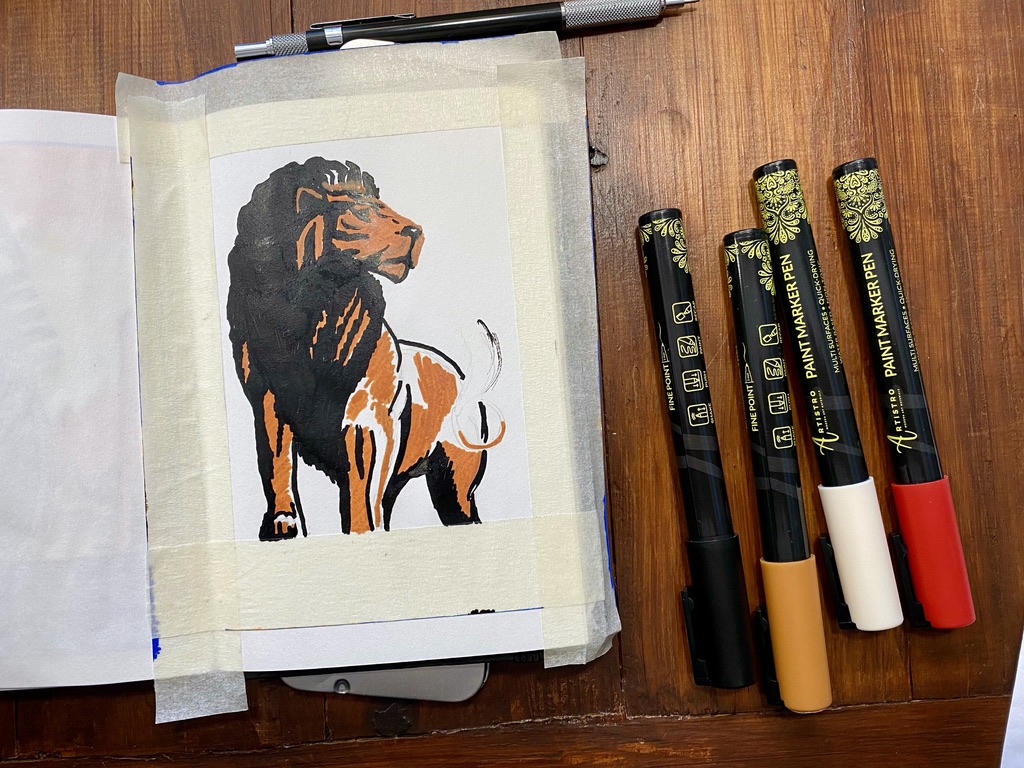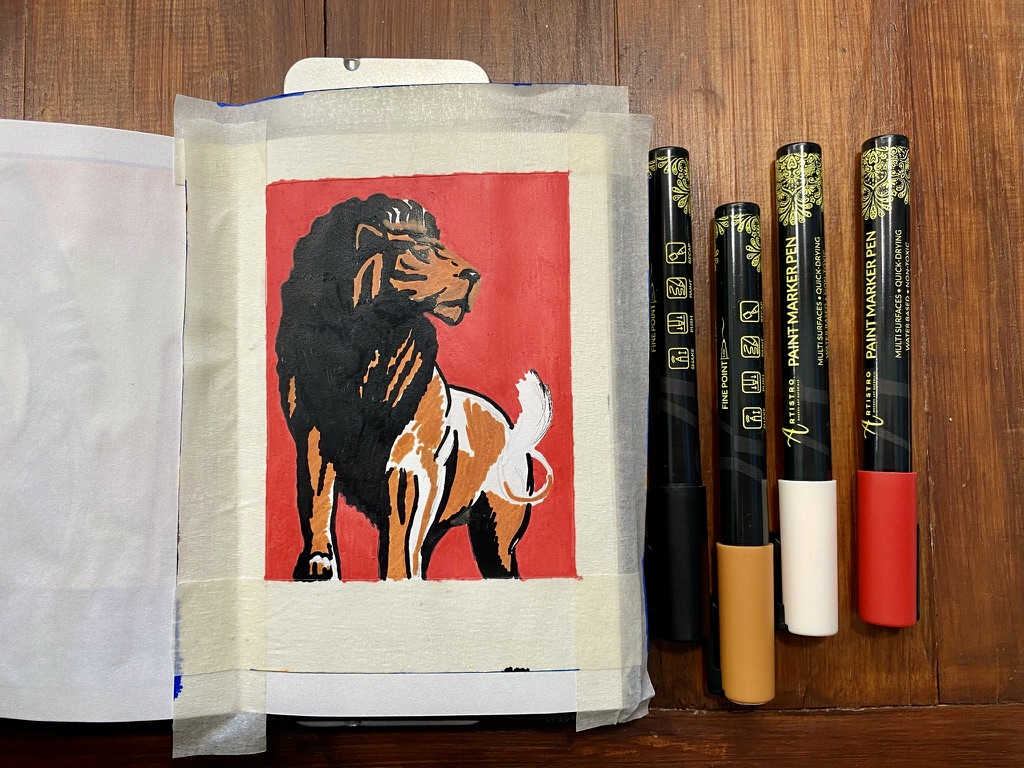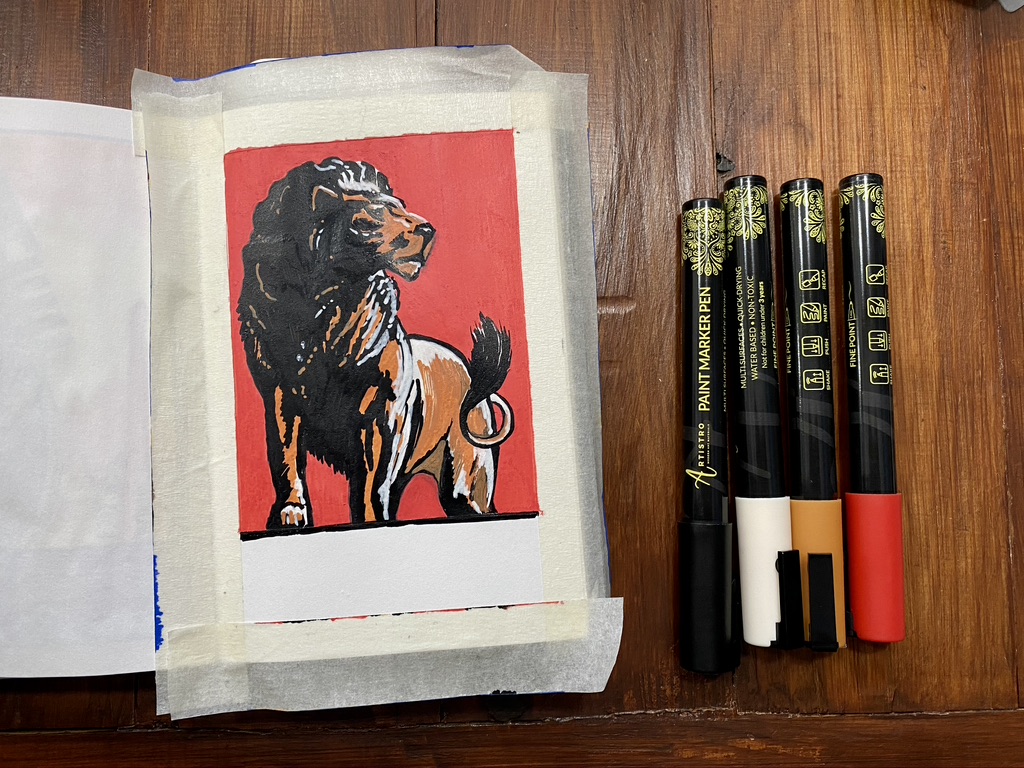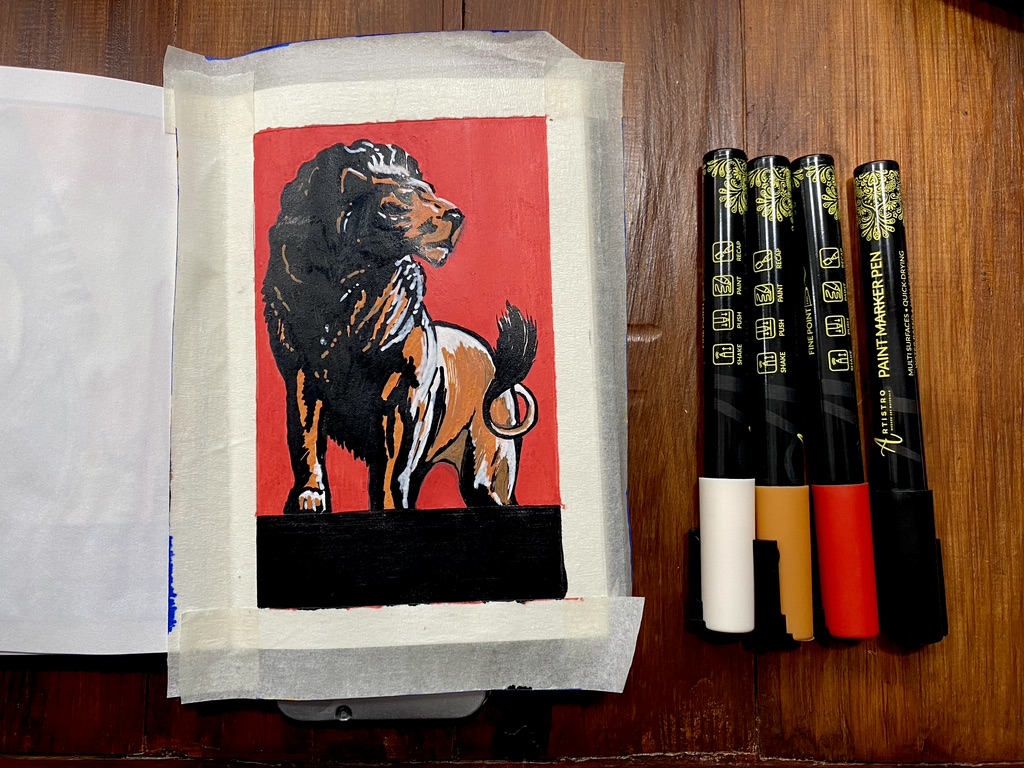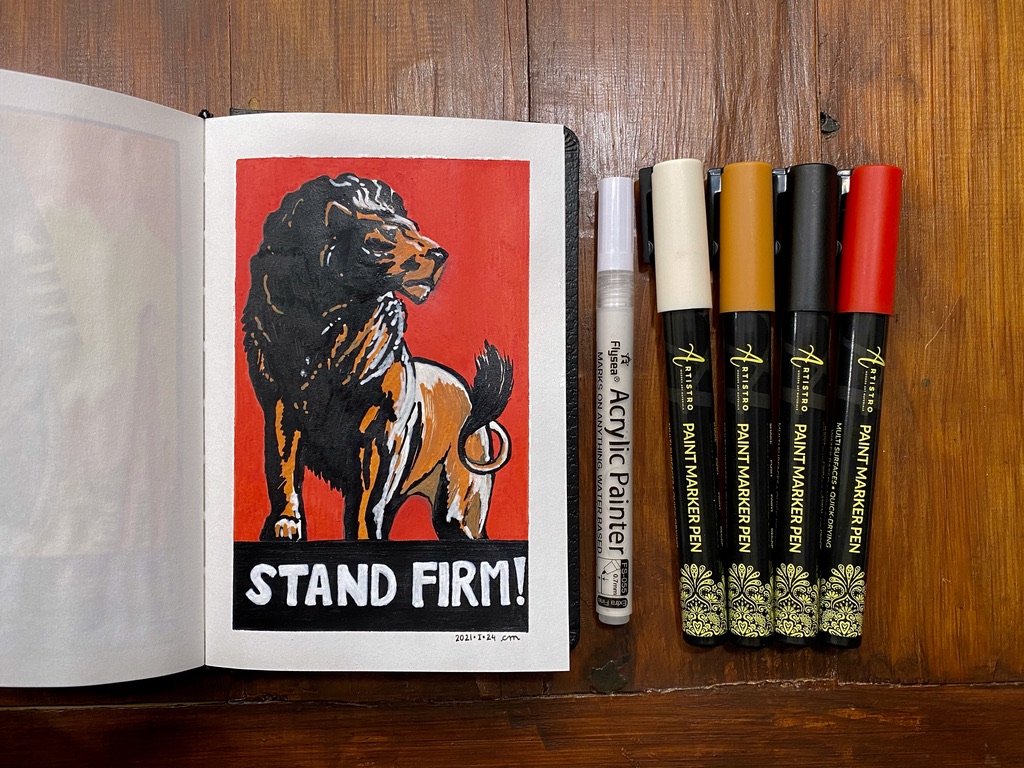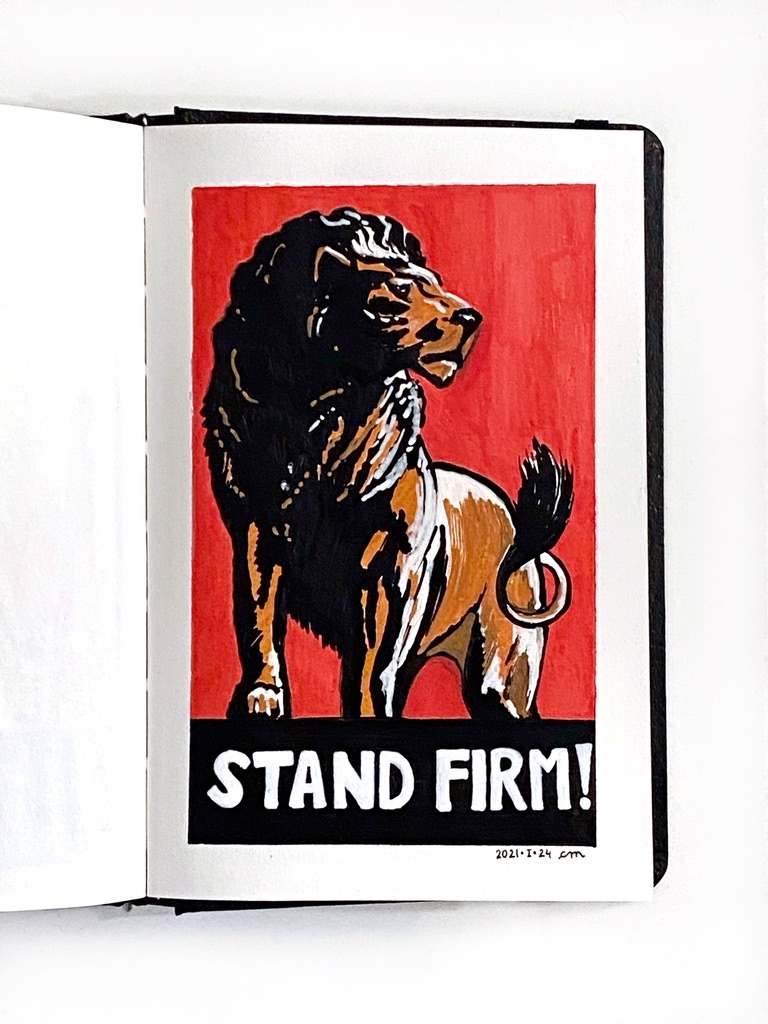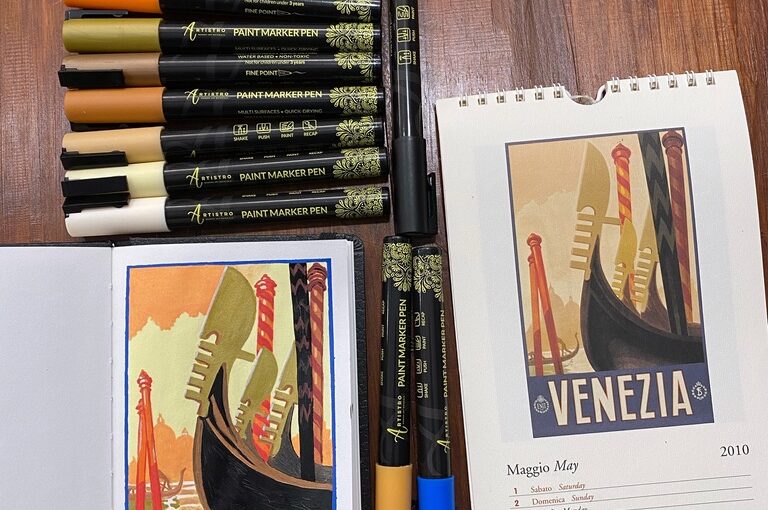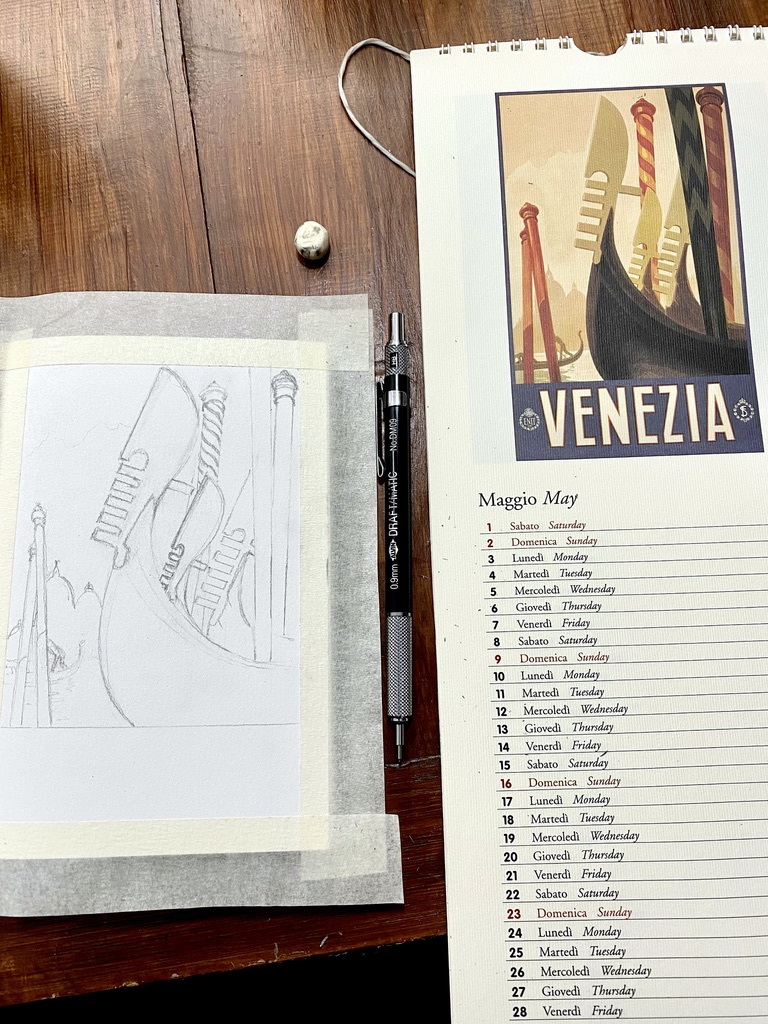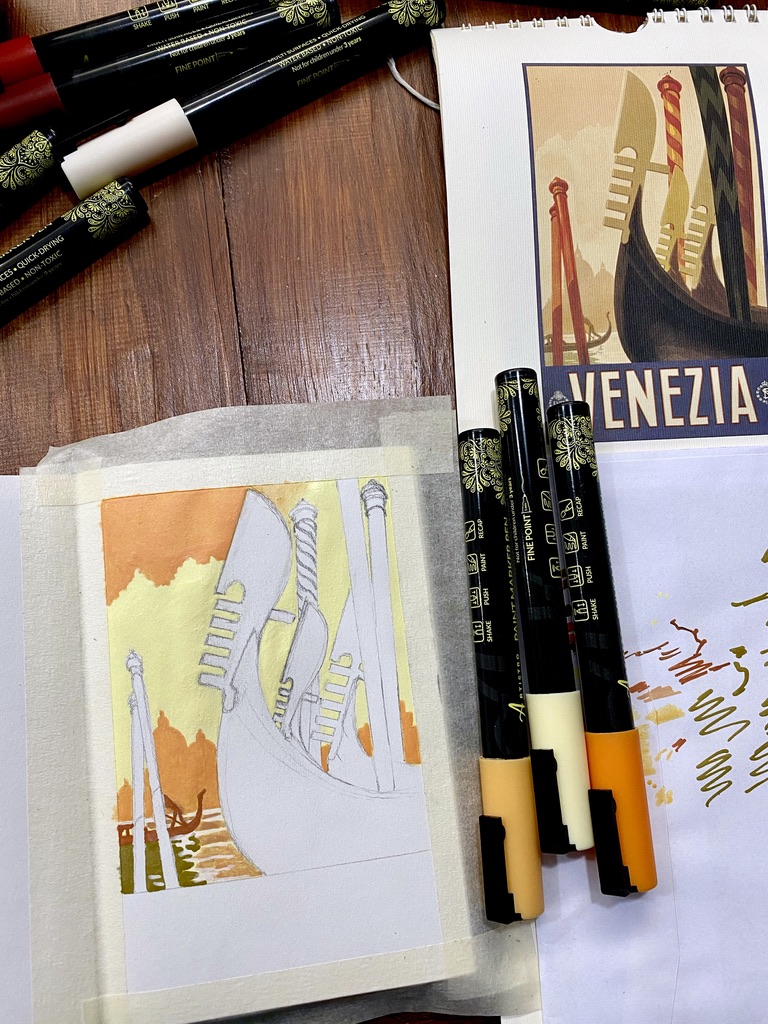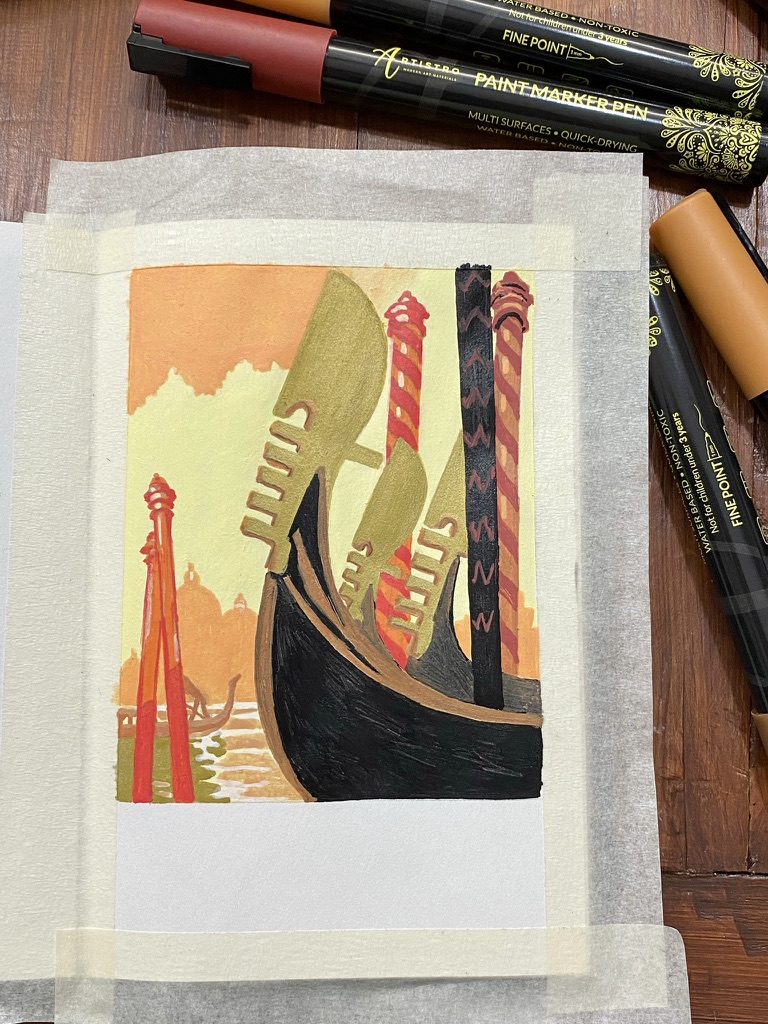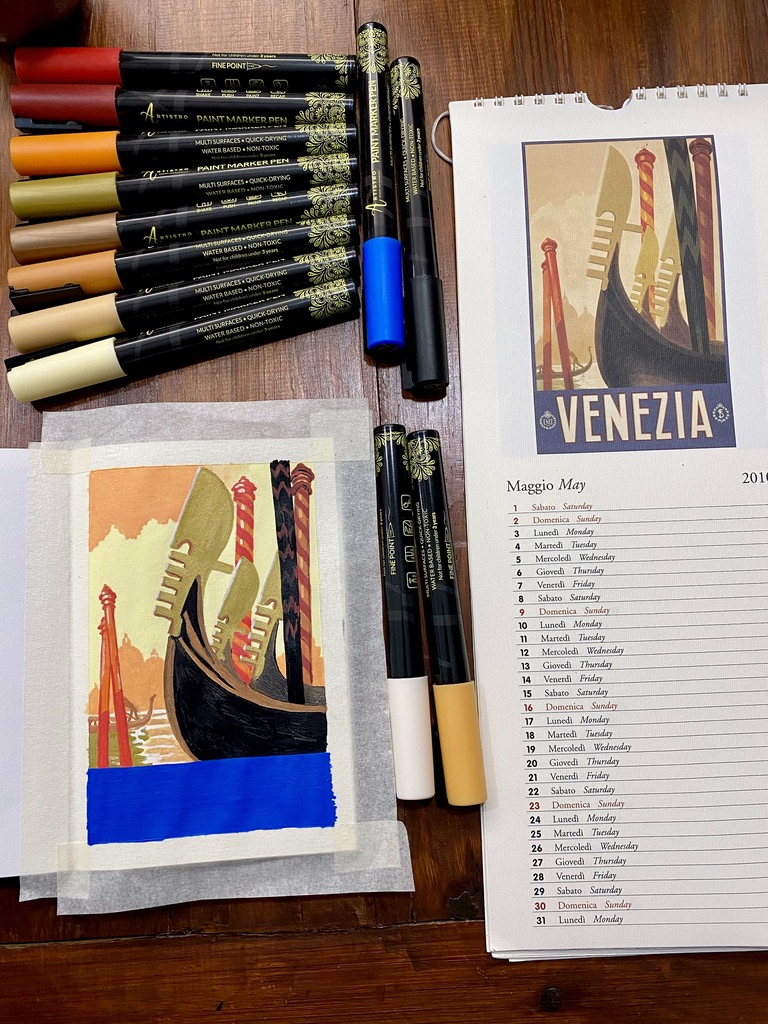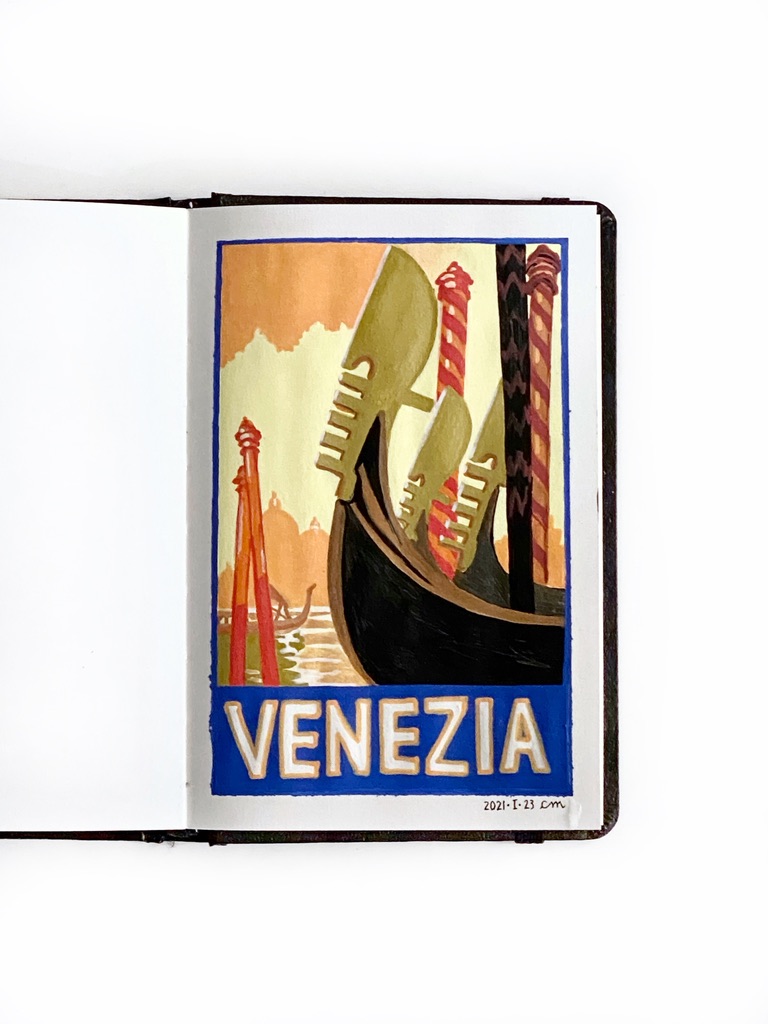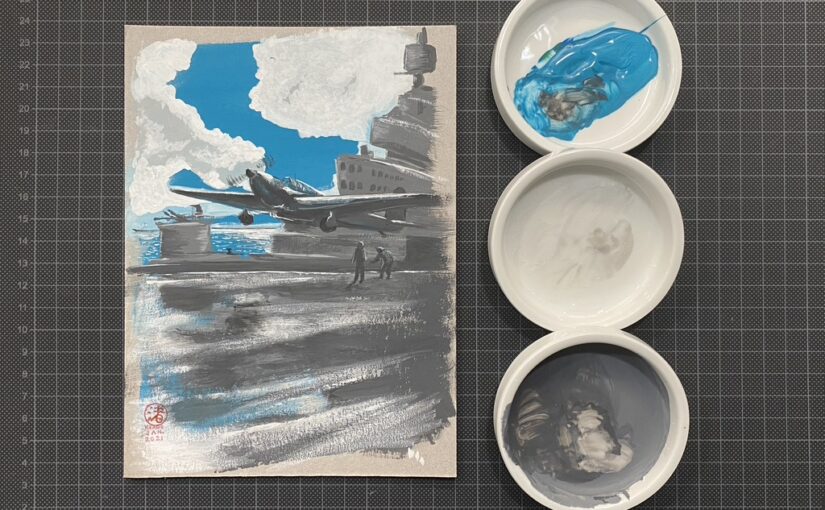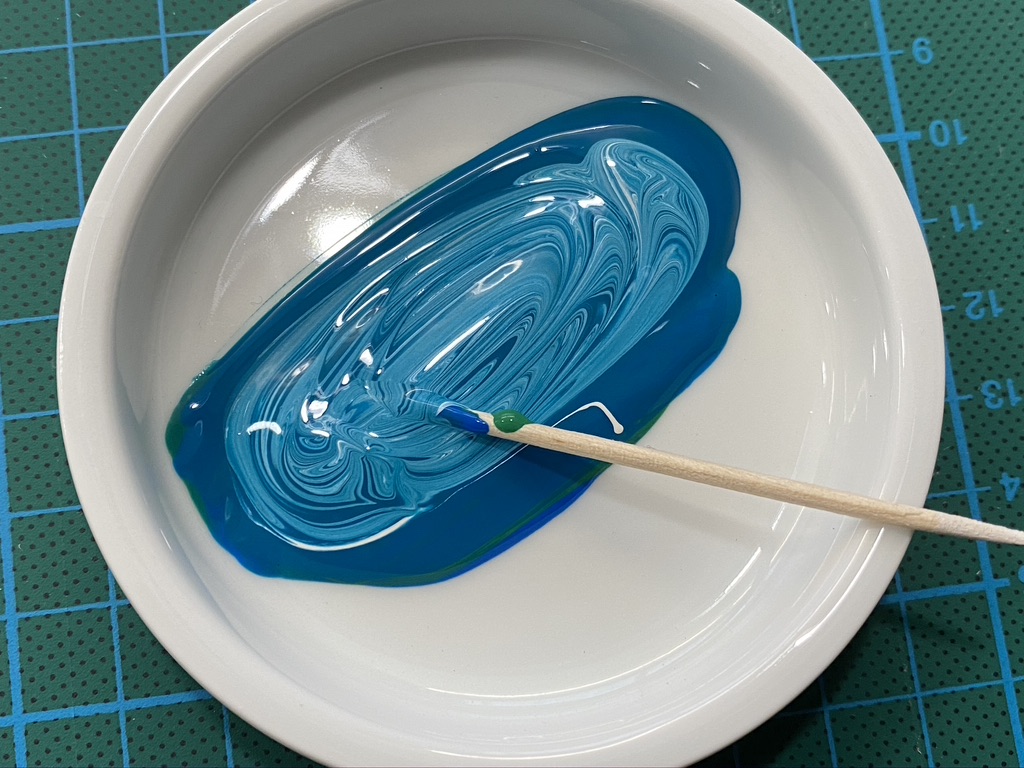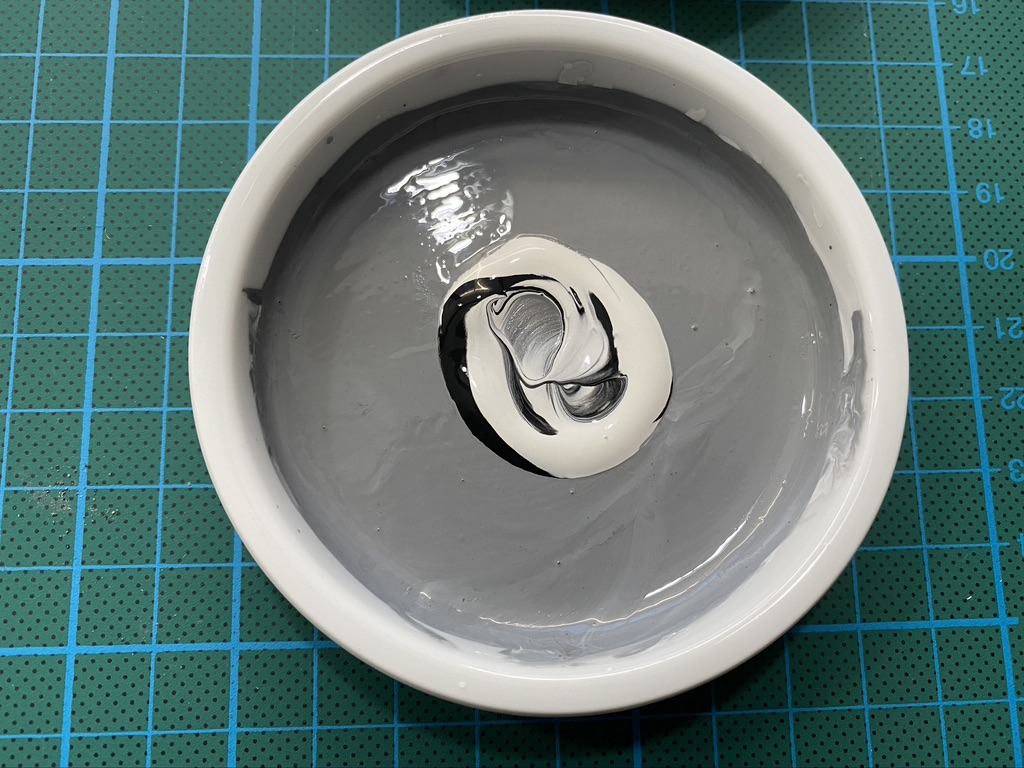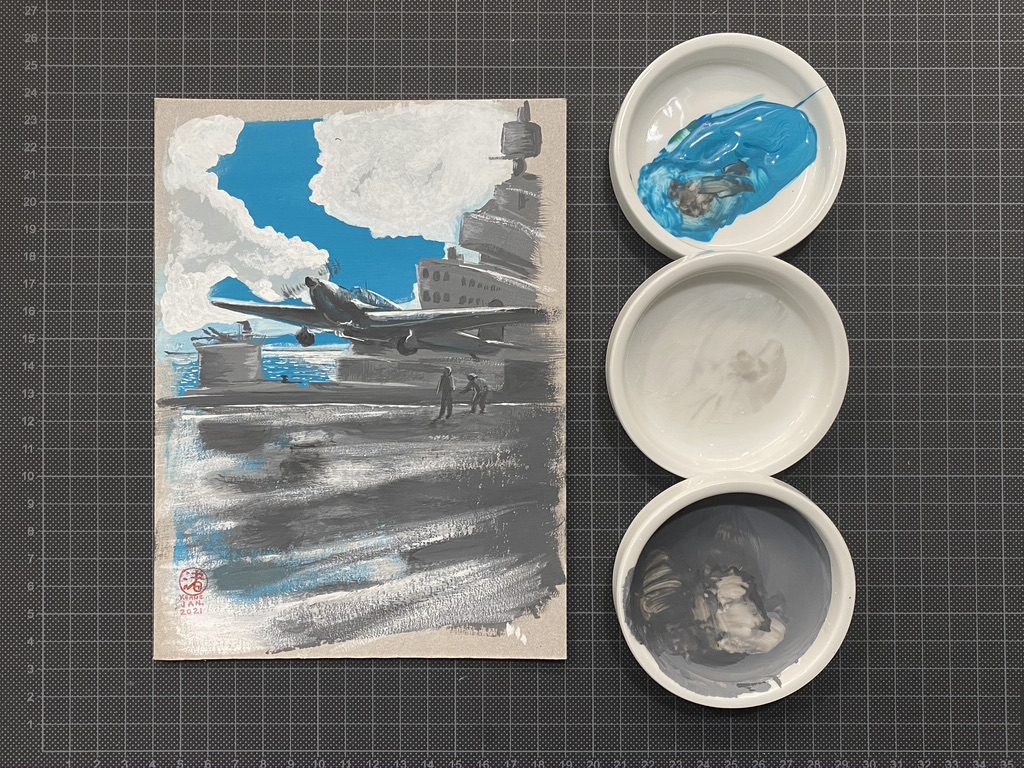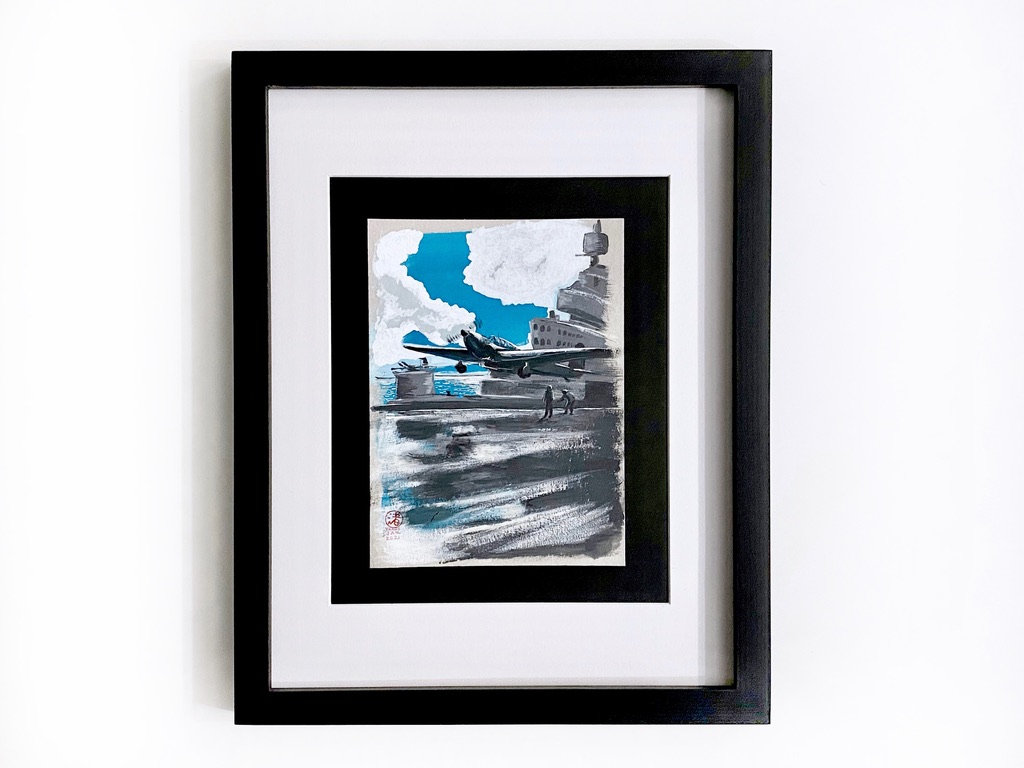This week was a good week. I engineered a prank at work that brought much fun and entertainment, and made the week even better. A prank in 3 acts.
Act 1
We use Zoom for our meetings and when I noticed, just as I was leaving at the end of a meeting, that a colleague of mine wasn’t at his desk, I thought I just had missed an opportunity to take a screenshot of his room without him, and later use it as my own background image and see his face as he realized!
So I went back, found his room still empty and quickly took a screenshot. I was in the process of making my window bigger to take a better screenshot when he showed up. Uh oh! “Oh, you were waiting for me to return?,” he asked. I couldn’t quickly enough come up with a good excuse for the probably guilty look on my face, so I just fessed up. Good laugh was had. And see you next time, wink wink!
The next thing I did was to quickly edit out his name from the bottom left part of the screenshot. I saved the photo somewhere I could open it on my iPhone and used the “healing” tool of Snapseed (my favourite —and free— image edition software on smartphone), which basically redraws an area of your choice using its surrounding. Then I adjusted a bit the sharpness and reduced the noise to get the best out of that pretty small screenshot.
Then I tested it as my own Zoom virtual background 👌and gave him a preview.
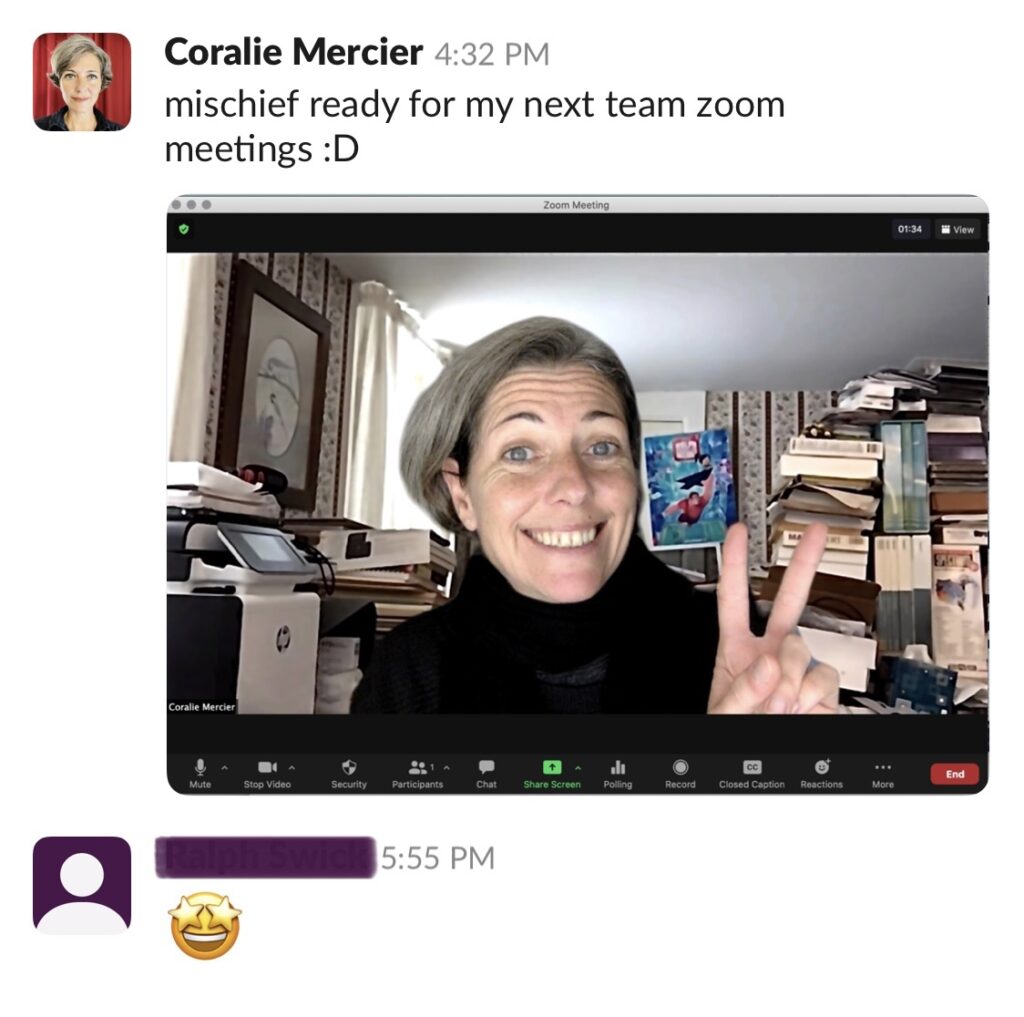
Act 2
I wrote to everyone-but-him in the team who usually attends our weekly all-hands meeting (which was the next day) and shared my “work” and the context, offering them to join me in escalating the prank, since I had been made.
And it turned out so so much better this way.
Response was high. But then, who isn’t in for a bit of harmless fun? Especially when it’s so easy to set up.
Someone had suggested some particular timing: our colleague usually gets to speak early in the meeting and that was going to be our cue to all switch to our virtual background of his soon-worldwide-office.
Act 3
The meeting started as usual and people, who were a bit more numerous than habitual, kept a very straight face. Our colleague was called to speak and that’s when most of the tiles in the gallery instantly changed!

Everyone yielded to the smiles that had been suppressed and for a few moments none of us heard him. We were too focused on awaiting his reaction. And yet, he continued to talk, unaware, for a few seconds until wrapping up. At the exact moment he briefly paused, hesitated, apparently lost track of his thought and then finished his word, we knew he was finally looking at his screen and he was confused.
Mischief managed!
He was not expecting that, to our delight! Hearing his heartfelt laugh was such a reward. Another bonus was seeing live a number of colleagues who usually don’t share their video in meetings.
I enjoyed immensely seeing a whole room of smiling people.

